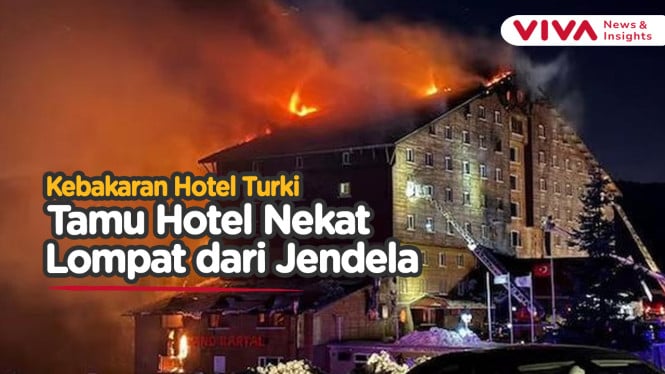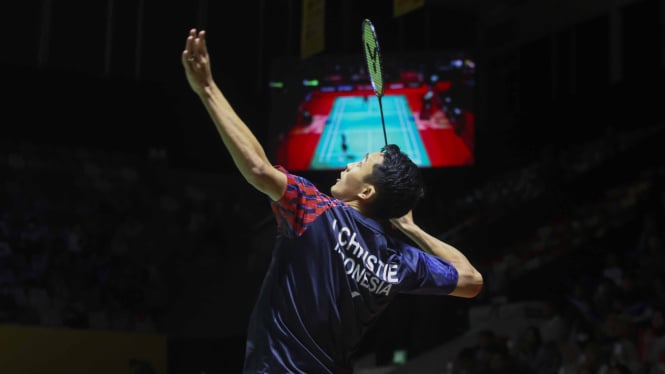Kaspersky Explores How the Deep Fake Industry Works
- Istimewa
VIVA – In the digital era, many people become victims of deepfake as attackers can easily extract images of their potential targets. These manipulated videos and images can also be used for a variety of malicious purposes including financial fraud, political manipulation, revenge, and harassment.
However, creating high-quality deep fakes requires technical expertise and sophisticated software, which is why individuals looking to create fake media turn to deepfake creation services available on the dark web.
"Cybercriminals are increasingly using deep fake to commit various scams, including cryptocurrency fraud and biometric security breaches," said Vladislav Tushkanov, Lead Data Scientist at Kaspersky in a statement received on Sunday.
Experts at Kaspersky have studied darknet forums to gain insight into how the deep fake darknet industry works. The research revealed that there is a significant demand for deepfakes, outstripping the available supply. People are actively looking for individuals who can create fake video for them.
Deepfake.
- NAB Pilot
The cost of creating or purchasing a deep fake varies depending on the complexity of the project and the quality of the final product. In some cases, individuals may even request deepfakes for specific targets such as celebrities or political figures. The price per minute of a deep fake video can range from 300 to 20,000 or 4.4 - 290 million.
A large number of the analyzed posts refer to cryptocurrency scams. Some providers offer high-quality deepfakes for crypto asset scams. Their services include creating 'Cryptostreams' or 'Fake Crypto Rewards' which are popular scams where attackers collect crypto assets by broadcasting fake rewards.
To create these deep fakes, scammers use celebrity footage or combine old videos to launch live streams on social media platforms. They often show pre-generated pages where victims are asked to transfer from 2,500 to 1,000,000 XRP, with the promise of doubling their payments.
As a result, users who fall for these scams can lose anywhere from US$1,000 to US$460,000 or IDR 14 million to IDR 3.8 billion.
Besides the fact that deep fakes are used for financial fraud, they can also cause major privacy issues. A concerning fact is that some deep fake makers offer services for porn video creation.
These vendors also create tutorials for creating such fake videos, including lessons on choosing source material and the process of face-swapping to produce convincing forgeries. Unfortunately, this deep fake can be used to blackmail individuals, causing serious emotional and even financial harm to victims.
"The fact that there is a high demand for deep fake creation services also shows that individuals and groups with malicious intent are willing to pay large sums of money to obtain such videos," Vladislav Tushkanov stated.
He also said: "As technology continues to improve and become more accessible, companies and individuals must take measures to protect against deepfake-related fraud and attacks."
Constant monitoring of Dark web resources provides valuable insights into the deep fake industry, allowing researchers to track the latest trends and activities of threat actors in this space. By monitoring the darknet, researchers can discover new tools, services, and markets used to create and distribute deepfakes.
This type of monitoring is a critical component of deep fake research and helps improve our understanding of the evolving threat landscape. Kaspersky's Digital Footprint Intelligence service includes this type of monitoring to help its customers stay ahead of deep fake-related threats.


























